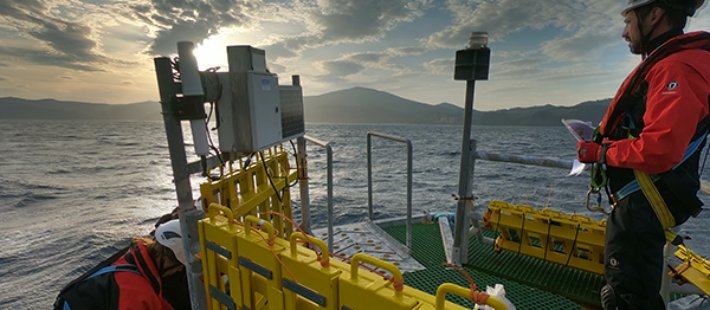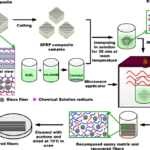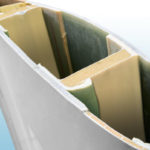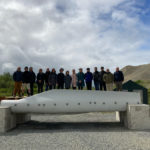The NEMMO project has installed a set of tidal turbine blade panels made from fibreglass and a gel-coat coating for testing at the HarshLab facility, an advanced floating platform-laboratory for the evaluation of materials and components in real offshore environment. These samples, taken from the current Magallanes’ turbine blade, will be submerged for six months to determine the level of biofouling on the surface. These results will then be used as a reference for the development of new blade materials and coatings.
The NEMMO project
 The Next Evolution in Materials and Models for Ocean Energy (NEMMO) project will boost the competitiveness of tidal energy by optimising tidal turbine blade design and performance. This project aims to create a larger, lighter and more durable composite blade for floating tidal turbines, enabling devices to reach capacities of over 2 MW.
The Next Evolution in Materials and Models for Ocean Energy (NEMMO) project will boost the competitiveness of tidal energy by optimising tidal turbine blade design and performance. This project aims to create a larger, lighter and more durable composite blade for floating tidal turbines, enabling devices to reach capacities of over 2 MW.
In this context, the creation of novel coatings and materials is a core part of the NEMMO project. After extensive modelling and testing, the team will define the optimal material composition, textures and surfaces to reduce wear on the blade. The wider objective is to lower maintenance costs and increase the yield of tidal turbines, and to improve the cost-effectiveness of tidal energy overall.
Protecting blades against biofouling
First of all, what is biofouling? This is the process by which microorganisms, plants, algae, or small animals accumulate on a blade’s surface, which reduces the performance of the blade and the power output of the turbine as a whole.
Actually, the project’s work on blade materials comes under Work Package 3: Nano-reinforced composites, antifouling coatings and antifouling bio-mimetic surfaces. More in details, WP3 deals with the integration of new materials for the blades. These materials could be at nanometric scale inside the blade to increase the mechanical properties or enhanced coatings with increased barrier wear, impact and anti-fouling properties and bio-mimetic surfaces to protect blades against ageing, wear and biological growth effects.
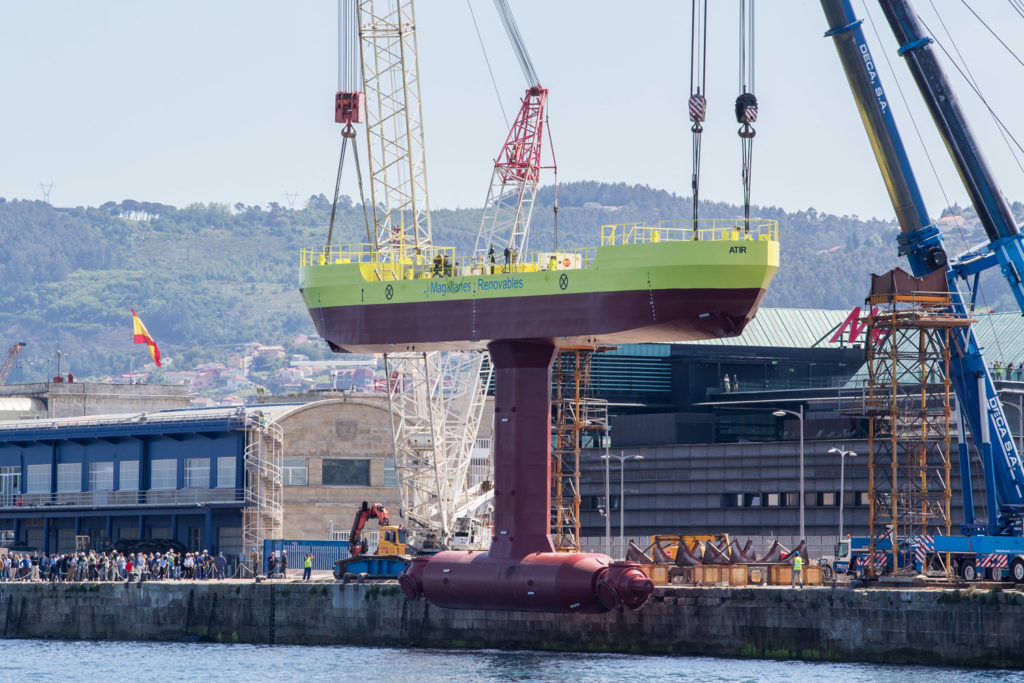
For more details: www.nemmo.eu
Images Credit: NEMMO project


